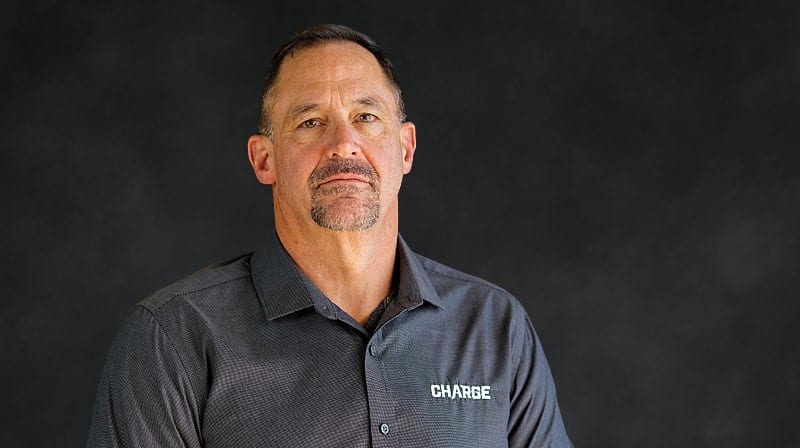Charge has an industry-leading positive safety record. We have established and implemented programs designed to aggressively reduce risks for job site injuries. However, I firmly believe the most important factor in our safety record is our culture of safety.
I am passionate about this and have written about it numerous times because safety culture, as it applies to our organization, is an environment where all employees from entry level to senior leadership take responsibility for their own safety as well as the safety of those around them. This culture extends from our personal beliefs to how safety issues and unsafe behaviors are identified and mitigated in the field. While we may employ many safety professionals, it is critical that each employee views safety as their duty too. It is not the job of the “safety guy.”
It’s one thing to define a safety culture as “what our employees do when no one is looking,” but it is much more than that. It’s actively participating in safety planning, encouraging employees to speak up and discuss safety, feeling comfortable to pause work if an unsafe condition exists, and always being concerned about our brothers and sisters on the job and at home. We strive for a positive safety culture where it’s a win-win situation for all and not a blame culture.
What is the first step in creating such a culture?
It all starts by driving awareness through various forms of education. The main focus should be to ensure our organization’s culture fosters communication. This happens by establishing guidelines in our formal safety program, developing and delivering formal training programs, as well as encouraging regular reviews of training materials through weekly tailgate meetings and daily JSA.
Every company has a safety culture; even departments within that company can have very different safety cultures, the challenge is if it is a good one or bad one. Regardless if you are a Foremen, superintendent, PM or just the “guy in the trench” we should not accept anything less than a positive safety culture, where everyone owns the safety program and lives it 24/7. The first step is for each of us is to do a candid evaluation of where the culture stands and what part we play in that standing. Is it a reactive culture? Compliance culture? Proactive culture? Mindful culture?
How can employees at every level be encouraged to be responsible for safety?
When everyone on the team believes that management cares about safety for personal reasons and not the bottom line, then people will believe. We want everyone to understand that incidents can occur in a split-second and that everyone needs to analyze the hazards and risks for the tasks at hand so that everyone goes home to friends and families each day. When we work together as a team, everyone goes home safe!!
Charge’s safety culture takes root in our long-held belief that Our Employees are our most valuable asset. Consistently, our Core Values embody our commitment to safety. Our first Core Value says it all: “Team involvement in making the health and welfare of each person our #1 priority; everyone has stop work authority to ensure personnel safety and eliminate damages.”
Fostering a healthy safety culture takes continuous effort from all levels of the organization. To sustain the culture, it takes an unwavering commitment to safety. Ensure we have the most talented people, provide meaningful safety training, clearly communicate expectations, encourage experienced employees to provide mentoring to less experienced on the job site, and empower all of our employees to safely complete their tasks everyday with no exceptions.

